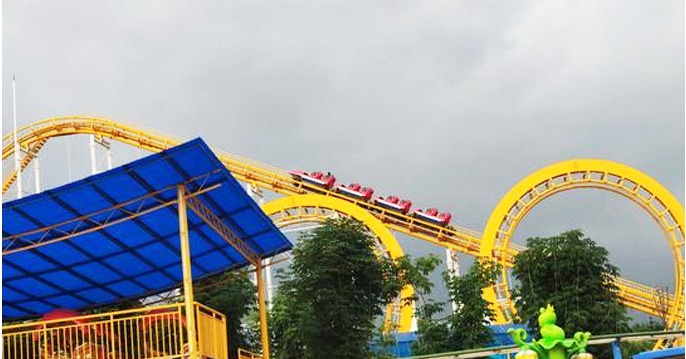the first roller coaster
The First Roller Coaster A Journey Through History
The exhilarating thrill of roller coasters has captivated hearts around the world for over a century
. But where did this iconic amusement ride originate? The story begins in the 17th century with the first roller coasters, which were quite different from the high-tech marvels we know today.The earliest known roller coaster dates back to Russia in the 1600s. These early rides, known as Russian Mountains, were not the steel constructions we recognize today. Instead, they were wooden sleds that traveled down specially constructed hills of ice and packed snow. Riders would climb to the top of these hills and enjoy a heart-pounding descent, experiencing the exhilarating sensation of speed and weightlessness. This primitive form of roller coasters laid the groundwork for what would evolve into a staple of amusement parks across the globe.
In the late 18th century, these ice slides inspired European innovations. The first modern roller coaster, LaMarcus Adna Thompson's Switchback Railway, made its debut at Coney Island, New York, in 1884. This attraction was a significant step forward, featuring a wooden structure and cars that allowed for a smoother ride than its icy predecessors. With its simple up-and-down layout, the Switchback Railway offered riders a thrilling experience without the risk of icy accidents. It quickly gained popularity, making Thompson a pioneer in the amusement ride industry.
the first roller coaster

As the 20th century rolled in, advancements in technology transformed the roller coaster landscape. The introduction of steel tracks allowed for loops, corkscrews, and more intricate designs. Iconic rides like the Cyclone, also at Coney Island, and the Matterhorn at Disneyland pushed the boundaries of speed and engineering. The thrill of roller coasters became synonymous with amusement parks, attracting millions of riders each year.
Today, roller coasters are marvels of engineering, with designs that defy gravity and push the limits of what riders can experience. From the towering heights of the Kingda Ka to the dizzying spins of the spinning coasters, each ride is meticulously crafted to deliver a unique experience. Innovations in safety have made roller coasters more reliable and accessible, allowing families and thrill-seekers to enjoy the rush together.
The journey from the early Russian slides to today's state-of-the-art roller coasters is a testament to human creativity and the universal desire for adventure. As we buckle up for our next ride, we pay homage to the imaginative minds that brought the thrill of the first roller coaster to life, forever changing the landscape of amusement and entertainment.
-
Top Amusement Equipment Manufacturer Rock n Roller Coaster & Carousel ManufacturerJun.10,2025
-
World's Scariest Roller Coaster Experience Ultimate Thrill & HeightJun.10,2025
-
Ultimate Thrill Ride Roller Coaster High-Speed, Safe AdventureMay.30,2025
-
Carousel Mansfield Rides Premium Indoor & Event SolutionsMay.30,2025
-
T3 Roller Coaster High-Thrill, Safe Ride for Theme Parks & ResortsMay.30,2025
-
Roller Coaster Cart Design Custom-Built & High-Safety Thrill Ride VehiclesMay.30,2025
